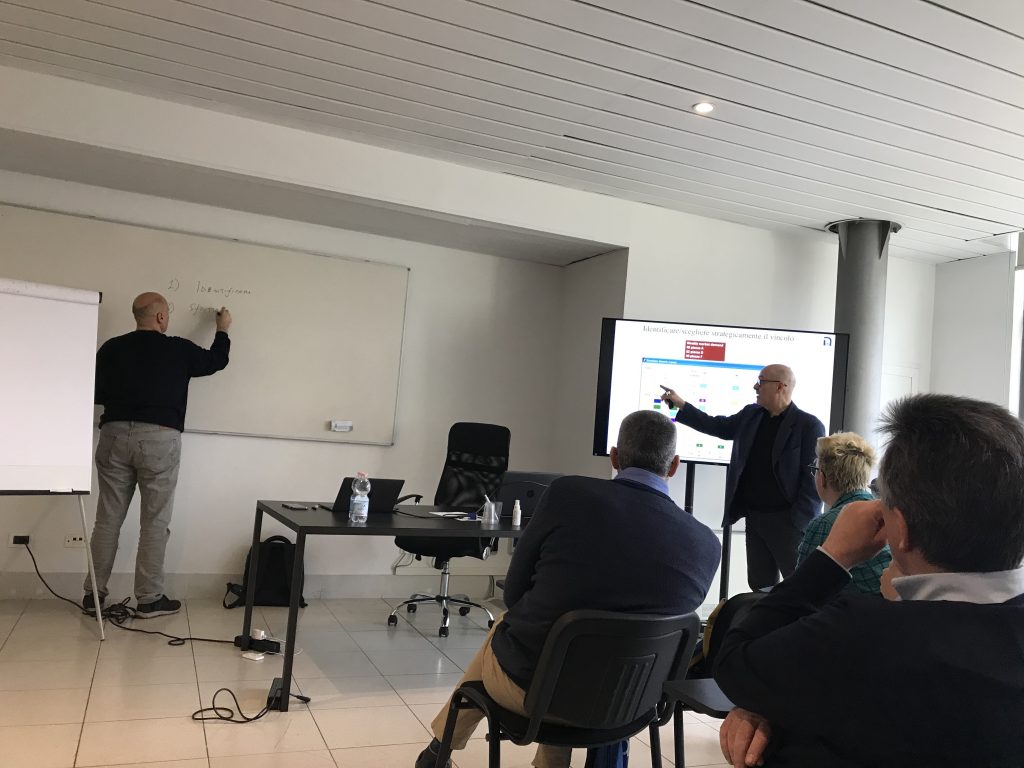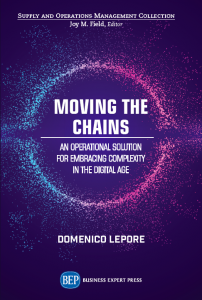
In our last post we made a bold statement: Many companies could probably achieve ten times what they are achieving with the competencies and resources they currently have available. So why don’t they?
It’s all connected with the way we think about what a company is and how it should be designed and operated to be most effective. If you think that your company is made up of separate pieces and that it is sufficient to make sure that improving all those “pieces” leads inevitably to improving the overall performance of the company, then you are in for a big disappointment. We cannot continue to think in a linear way and expect to get results. In the same way, we cannot continue to design and operate companies as functional hierarchies because it creates silos, and silos inevitably lead to fragmentation and sub-optimization.
The whole is not the sum of its parts
Complexity science has taught us that the whole is NOT the sum of its parts. We need our companies today to be built for speed of flow and that means as a whole system. We also need to be able to make informed decisions by understanding how to measure differently. Investments for speed of flow are very different to investments that satisfy the linear thinking of cost accounting. Indeed, every day money is wasted on buying machines that are unnecessary or even, sadly, closing down whole facilities because according to cost accounting they are not “profitable”. As we complete week 3 of the course we were invited by the University of Venice to design and deliver for businesses so they can manage complexity, it’s rewarding to see the companies participating absorb the kind of measurements that actually reveal what is helping them make money and how to make better decisions about investments they are contemplating. We’ll talk more about those measurements in our next post.

Finding the Whole System solution
So how can we find a solution that provides sustainable growth in today’s complex reality, whether we are a precision mechanics business, a software house or a medical research centre? As we mentioned in our last post, ‘Why Your Functional Hierarchy is Stifling Your Results’ we used the Conflict Cloud from the Theory of Constraints to frame the problem affecting most organizations (the inherent conflict) and develop the solution that would protect the legitimate needs of control and growth. A systemic solution that invalidates the assumptions lying at the heart of a conflict while protecting the legitimate needs is called an “Injection” in the Theory of Constraints.
Using this powerful method for innovation, we were able to see how two of the most important contributions to management thinking, the work of W. Edwards Deming and the Theory of Constraints could be combined to create a powerful, systemic approach to managing organizations. We called it ‘The Decalogue’ because it contains ten macro steps to transform an organization into a unified whole system, in line with Deming’s vision of the organization as a system, and where interdependencies are designed for speed of flow, thanks to the strategic choice of a ‘constraint’. The constraint is a leverage point in the organization that allows all the resources and competencies present to contribute towards a clearly identified and present goal. As in Deming’s approach, the customer is clearly in the picture and is connected through a continuous feedback loop that allows continuous improvement to achieve ever higher Quality. People’s active involvement in the organization is guaranteed by removing artificial barriers from the flow of work and communication and by equipping them with the means to work on any conflicts as they arise. Quality, Involvement and Flow are the distinctive characteristics of a systemic organization.
The Decalogue methodology was first presented in ‘Deming and Goldratt: The Decalogue’ by Lepore and Cohen, published by North River Press in 1999 and described in our subsequent books. At that time, it was not fully clear what the ‘suitable management/organizational structure’ of step 7 would look like. Thanks to our on-the-field implementations enhanced by studies in network theory and complexity science we developed the organization design we call ‘Network of Projects‘.

In our next post we will look at the concrete results that operating as a system provides because it allows you to leave behind the limited and often dangerously misleading practice of making decisions based on cost accounting and instead make decisions based on whole system logic that takes into account the speed of results (cash or otherwise) and implications of decisions for the whole system.
SCHEDULE AN INTRODUCTORY CALL WITH US ‘






Thank for the tips